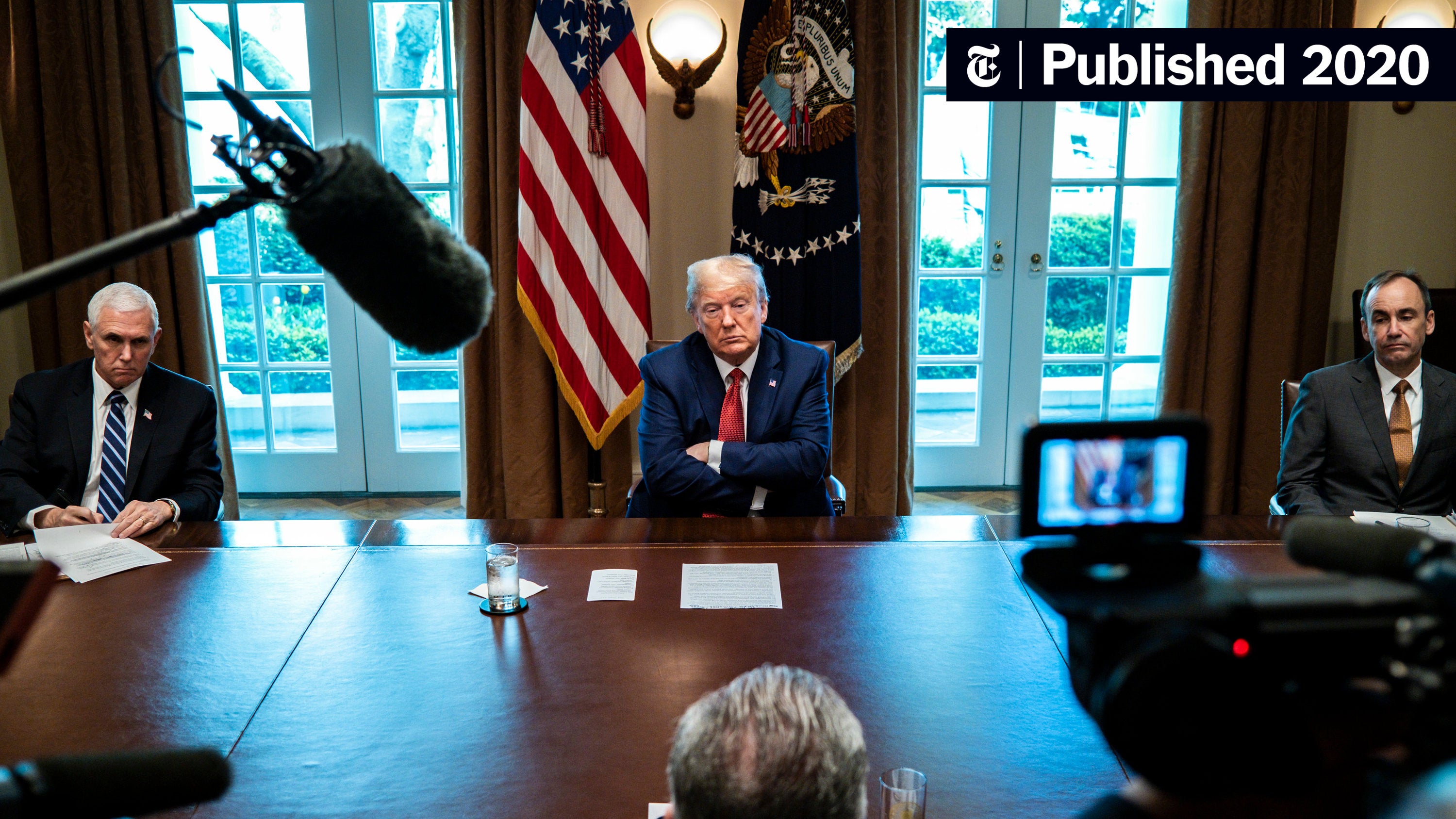Diversifying Narratives: Moving Beyond Stereotypes In Asian And Asian American Media

Table of Contents
Perpetuation of Harmful Stereotypes
The Model Minority Myth and its Limitations
The "model minority" myth, portraying Asians and Asian Americans as inherently intelligent, hardworking, and docile, is perhaps the most insidious stereotype. This seemingly positive portrayal is deeply damaging. It sets unrealistic expectations, ignores the struggles faced by many within the community, and silences other important narratives.
- Examples in media: The overrepresentation of Asian characters in STEM fields without acknowledging the challenges they face, the lack of representation of Asian Americans struggling with poverty or mental health issues.
- Limitations and consequences: This stereotype creates immense pressure, leading to feelings of inadequacy and shame for those who don't fit the mold. It also overlooks the diversity of experiences within the community, masking systemic inequalities and discrimination.
- Consequences of limited representation: The model minority myth fosters a sense of invisibility and prevents open discussion about crucial issues like systemic racism and discrimination.
Other Common and Harmful Stereotypes
Beyond the "model minority" myth, other harmful stereotypes persist: the submissive Asian woman, often hypersexualized or depicted as a submissive figure; the hyper-masculine Asian man, frequently portrayed as emasculated or overly aggressive; and the nerdy or asexual Asian, lacking emotional depth or romantic agency.
- Examples in movies, TV shows, and advertisements: The perpetual use of tropes like the Dragon Lady, the nerdy sidekick, or the emasculated martial artist.
- Negative consequences: These stereotypes contribute to harmful biases, affecting self-perception, career opportunities, and interpersonal relationships for Asian and Asian Americans. They reinforce prejudice and limit the range of roles Asian actors can play, perpetuating a cycle of underrepresentation.
- Perpetuation of harmful biases: These ingrained stereotypes limit how society perceives Asian and Asian American individuals, fostering prejudice and discrimination.
The Importance of Authentic Representation
Amplifying Diverse Voices
Creating space for a wider range of Asian and Asian American voices, stories, and experiences is paramount. This requires a conscious effort to move beyond singular narratives and embrace the richness and complexity of the community.
- Examples of successful media: Shows like "Fresh Off the Boat," "Everything Everywhere All At Once," and "Pachinko" have demonstrated the power of authentic storytelling and diverse representation.
- Importance of diverse creators: Having creators and writers from diverse backgrounds is crucial to ensuring the authenticity and nuanced portrayal of these experiences.
- Power of authentic reflection: Seeing oneself reflected authentically in media fosters a sense of belonging and validation, crucial for self-esteem and mental well-being.
Showcasing the Complexity of Asian and Asian American Identities
The Asian and Asian American community encompasses a vast spectrum of nationalities, ethnicities, religions, socioeconomic backgrounds, sexual orientations, and gender identities. Ignoring this diversity results in a flattened and inaccurate representation.
- Accurately reflecting diversity: Media can accurately reflect this diversity by showcasing the vast range of experiences within the community, including narratives from various ethnic groups and socioeconomic backgrounds.
- Challenges and importance of nuance: Representing this complexity requires sensitivity and nuanced storytelling, avoiding generalizations and stereotypes.
- Moving beyond monolithic representations: Moving away from monolithic representations allows for a more honest and engaging portrayal of the Asian and Asian American experience.
Strategies for Diversifying Narratives
Supporting Asian and Asian American Creatives
Providing opportunities for Asian and Asian American writers, directors, producers, and actors is crucial for fostering authentic representation. This requires a conscious effort from the industry to actively seek out and support talent from underrepresented communities.
- Ways to support talent: Mentorship programs, funding initiatives, and creating pathways for entry into the industry.
- Impact of diverse creative teams: Diverse creative teams lead to more authentic and nuanced storytelling, reflecting the realities of the community.
- Initiatives and organizations: Supporting organizations that champion diversity and inclusion in the media industry is also critical.
Promoting Inclusive Storytelling Practices
Media producers and creators can actively promote more inclusive storytelling practices by:
- Thorough research and community consultation: Working closely with community members to ensure accurate and respectful representation.
- Avoiding stereotypes and harmful tropes: Consciously avoiding the use of harmful stereotypes and tropes that perpetuate negative narratives.
- Creating authentic characters: Developing characters with depth, complexity, and agency, representing the full spectrum of human experiences.
Conclusion
The detrimental effects of stereotypical portrayals in Asian and Asian American media are undeniable. To ensure future generations see themselves reflected truthfully and powerfully in the stories they consume, we must actively work towards diversifying narratives. This requires a collective effort from media producers, writers, actors, and viewers alike. Let's work together to foster diversifying narratives in Asian and Asian American media, ensuring a more inclusive and representative media landscape that celebrates the richness and complexity of these communities. Support authentic storytelling, demand better representation, and actively seek out media that showcases the true diversity of Asian and Asian American experiences.

Featured Posts
-
 Payton Pritchard From Celtic Guard To Nba Sixth Man Of The Year
May 11, 2025
Payton Pritchard From Celtic Guard To Nba Sixth Man Of The Year
May 11, 2025 -
 Are Tariffs On Commercial Aircraft And Engines Imminent Under Trump
May 11, 2025
Are Tariffs On Commercial Aircraft And Engines Imminent Under Trump
May 11, 2025 -
 Yankees Rays Series Key Injuries To Watch April 17 20
May 11, 2025
Yankees Rays Series Key Injuries To Watch April 17 20
May 11, 2025 -
 A Guide To Meeting Shane Lowry From Fan To Encounter
May 11, 2025
A Guide To Meeting Shane Lowry From Fan To Encounter
May 11, 2025 -
 Former Bellator Champion Patricio Freire Prepares For Jose Aldo Showdown
May 11, 2025
Former Bellator Champion Patricio Freire Prepares For Jose Aldo Showdown
May 11, 2025
